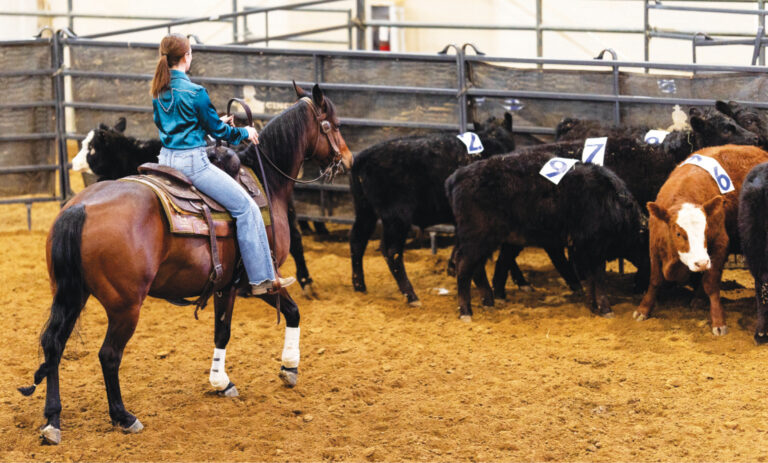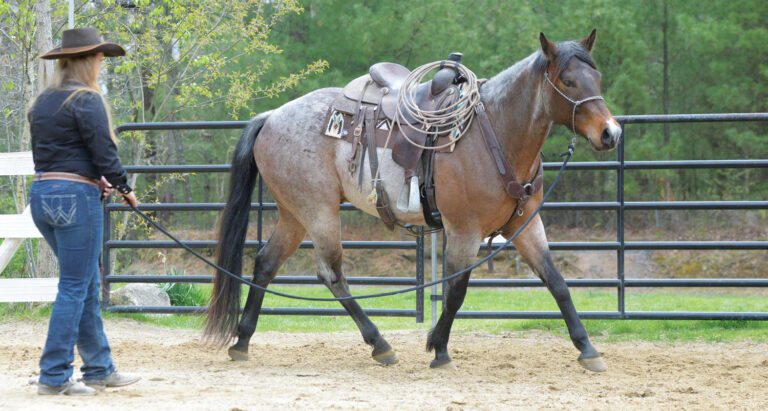With the inconsistent weather spring brings, riding can sometimes take a back seat if you don’t have access to a dry or indoor riding space. This is a great time of the year to transition into prioritizing or fine-tuning your own health and fitness.
Prioritize Your Health and Fitness
It’s commonplace to want to get into better shape so zipping into your favorite chaps isn’t such a daunting task or so daily chores are easier to accomplish. Neither of these are bad reasons for wanting to get more fit.
However, when we take a step back and really look at the time and effort that we put into our horses, their health, and their training, we can clearly see where we lack in doing so for ourselves.
While working on improving your body composition, strength, flexibility, and mobility are all incredibly helpful in becoming fit for the ride, better understanding the true physical needs of riders can make your time spent exercising far more effective.

Strengthen Your Corset
As riders, first and foremost, we need the ability to engage and stabilize from our corset while staying mobile through our limbs. Our corset refers not simply to our abdominal muscles, but to our glutes through our erectors up each side of our spine, out to our obliques, and around to our abdominal muscles.
This creates a strong, stable, and dynamic posture so we’re always prepared for maneuvers at speed, snappy direction changes, gait changes, and obstacles while in the saddle. Some of the exercises that help you create a stronger corset include adductor planks, reverse planks, side plank with half-circle hip rotation, and end-of-bench kneeling position for upper body exercises.
Hip Mobility Is Key
Next up is hip mobility. Exercises that force you to keep your corset engaged while simultaneously moving or rotating your legs are the best way to create the strength and mobility in the saddle. It’ll allow you to naturally stay more upright, driving from deeper in your seat while maintaining the ability to cue clearly, timely, and efficiently. Some exercises you can do to help with hip mobility include seated knee to elbow holds, reverse plank with alternating leg sweep, end of bench posterior chain curl, and side plank with half circle hip rotation.
If our muscles—particularly our hips—are tight, it’s usually because they’re weak. Stretching isn’t a bad thing but overstretching an already weak muscle only creates more physical issues. Muscles need to be developed, mobilized, and then stretched when needed to stay healthy. The goal is to build and maintain plump and pliable muscles to move more effectively.
Mindful Movement
Keeping your mind on the muscles in motion while you work out and ride creates a level of self and spatial awareness that allows you to better support your horse. Think of how attentive you are to your horse’s footwork. The more you can stay in tune with your own body and feel your own strengths and weaknesses, the sooner you can address them to ensure your horse doesn’t gain his own imbalances from them.
There’s a saying that goes, “Work on your horse, and that horse gets better. Work on yourself and all your horses get better.” We owe it to every horse we swing a leg over to be the healthiest, strongest, most competent version of us to be able to bring out the very best in each of them.
Kelly Altschwager lives in Wellington, Colorado, with her husband and two sons. She’s an ACE-certified personal trainer, certified nutrition coach and rider fitness and performance specialist. Kelly owns and operates Western Workouts, a customized coaching service geared toward helping the busy horseman sustainably reach their health, wellness, and performance goals. Learn more at westernworkouts.com.






